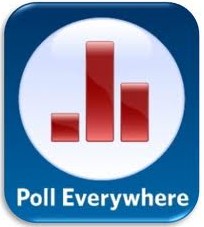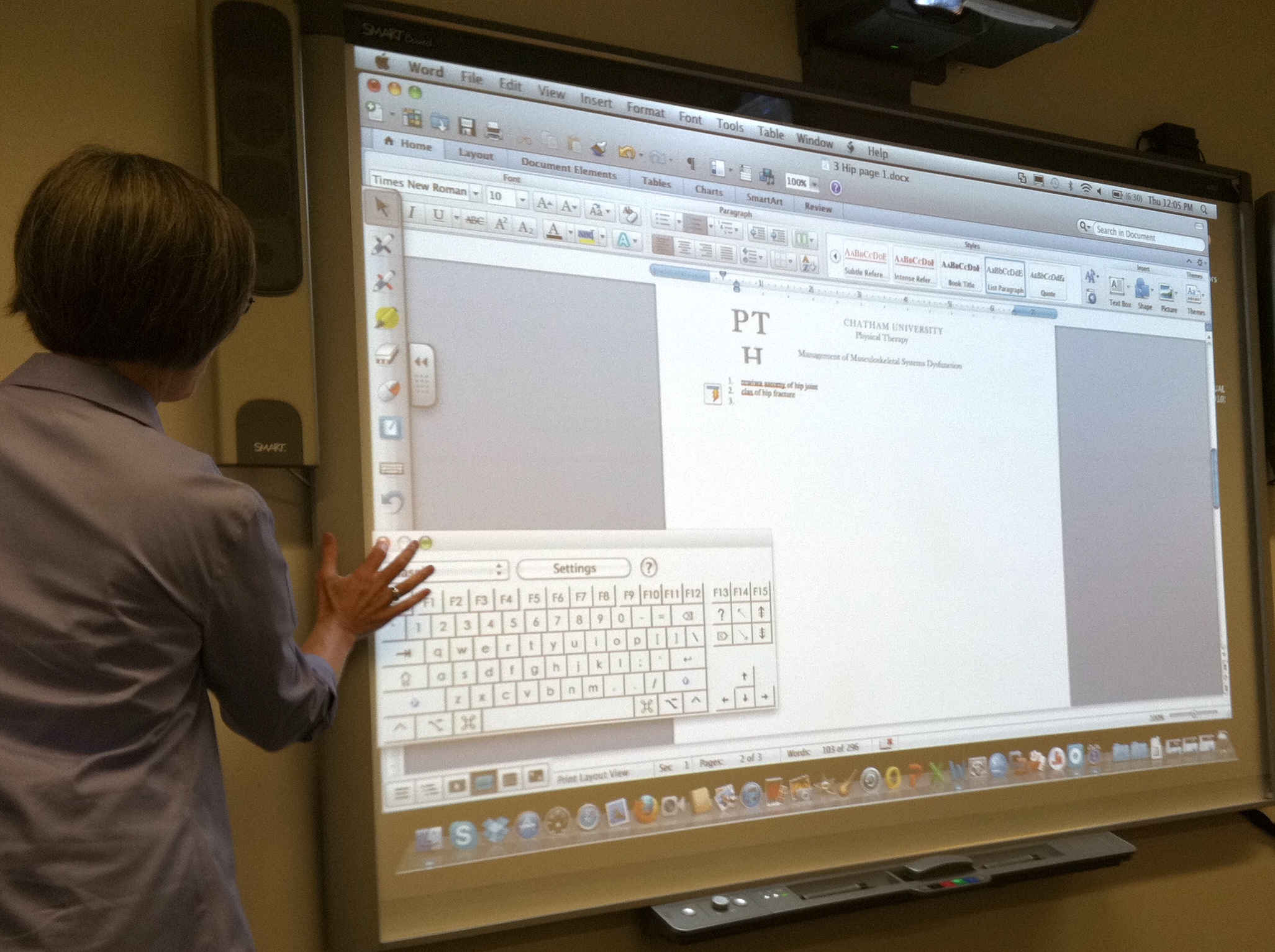Overview
Over the past year I have used technology to enhance student engagement in the classroom using SMARTboards and PollEverywhere. My main technology project has been to determine the best method by which to allow students in their PBL groups to easily share and present journal articles and website information during their PBL sessions. This will be done using Google Drive.
Implementation
PollEverywhere was used in our Research/Evidence-based Practice courses to allow me to assess students’ understanding of course concepts. The instant answers can be viewed by everyone in the class and the results used to discuss concepts that appear to be misunderstood.
Google Drive will be used this summer in our Musculoskeletal course to allow students to easily exchange and view each others shared materials during each PBL session.
Success/Challenges
Our students have reported PollEverywhere to be a worth-while tool for quickly assessing their understanding of course concepts.
While we will not be implementing the use of Google Drive until April, the process of choosing a software allowed me to consider the strengths/weaknesses of using Evernote versus Mahara versus Google Drive for facilitating this hopefully improved level of collaboration and group interaction during PBL.
Perceived Value
Currently, during PBL sessions, it is difficult for students to share with the group journal articles or valuable websites that a student has found. Hopefully, Google Drive will allow everyone to see the same material (presented on the SMARTboard) as the person presenting and will result in improved discussions within the PBL group.

